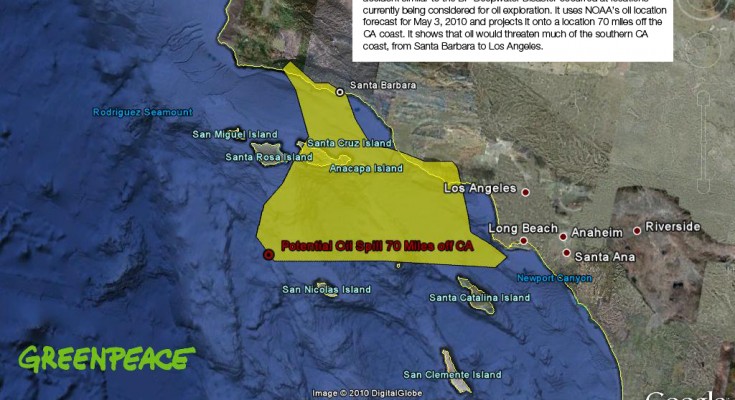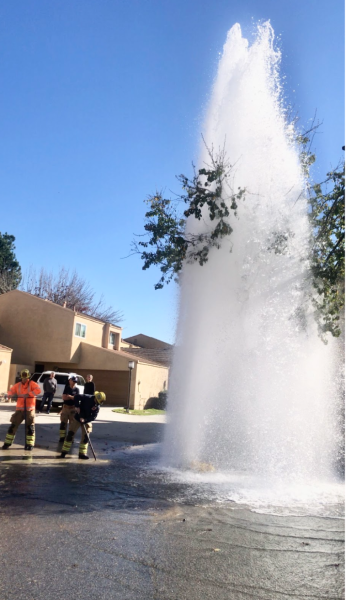Update: Santa Barbara Oil Spill
June 4, 2015
On Tuesday, May 19, 2015, an oil pipeline burst near Santa barbara, California that resulted in 101,000 gallons of crude oil gushing into the Pacific Ocean. Since the cleanup has begun, numerous lawsuits have been filed against the Plains All American Pipeline, the holders of the pipeline, by local fishermen.
It has been found that the leak could have been prevented due to the fact that the pipeline had worn down to a fraction of an inch thick. The preliminary findings have declared a state of emergency in Santa Barbara. The wear patterns are extremely irregular and have prompted questions from the residents as to the regular maintenance schedule of the pipeline and how often inspections are actually occurring.
Since the state of emergency has been declared, Santa barbara has been placed in a situation similar to what happened in the aftermath of the oil spill of 1969 that occurred in the Santa Barbara channel, leaving the city crippled. This oil spill not only hurt the beauty of the shoreline, decreasing the spectacle, as there are tar clumps scattered across the shore, but it has hurt the city economically and it will take a long time to recover.
Not only, however, is the commerce of the city hurt, but the sea life living off of the shore is put in extreme peril. Justine Lee (11) says that “the oil contaminates the water and kills numerous animals that are relying on the microbiotic life that lives near the shores.” Lee continues that with the producers, at the lowest level of the food chain, unable to synthesize energy, the whole of the food chain becomes unbalanced–not to mention the birds’ loss of flight, due to the tar and oil that accumulate in their wings.
Questions have not only been raised locally, but nationally. At the state level, California’s representatives are demanding answers as to the reasons for the failure. Plains All American maintains that they do not know the cause of the failure yet; however, it has been found that, in total, 80% of the wall thickness of the pipeline was lost over time due to corrosion. Even though a pipe can survive an 80% loss, according to Richard Kuprewicz, president of Accufacts Inc, that is a major contributing factor and the company will work tirelessly to determine the cause of the failure.
The decline of oil is also reflected in the cost per barrel rising, and the cost of gas going up per gallon. With the local gasoline refineries hit by the lack of oil, they are forced to raise their prices, resulting in gas reaching almost $3.80 per gallon.
Once the oil spill is completely cleaned, which is expected to take at least 6 months and involve 1,200 people, according to Plains All American, the price of oil per barrel is expected to go down, gas prices will lower, and the coastline of Santa Barbara will be restored.





















